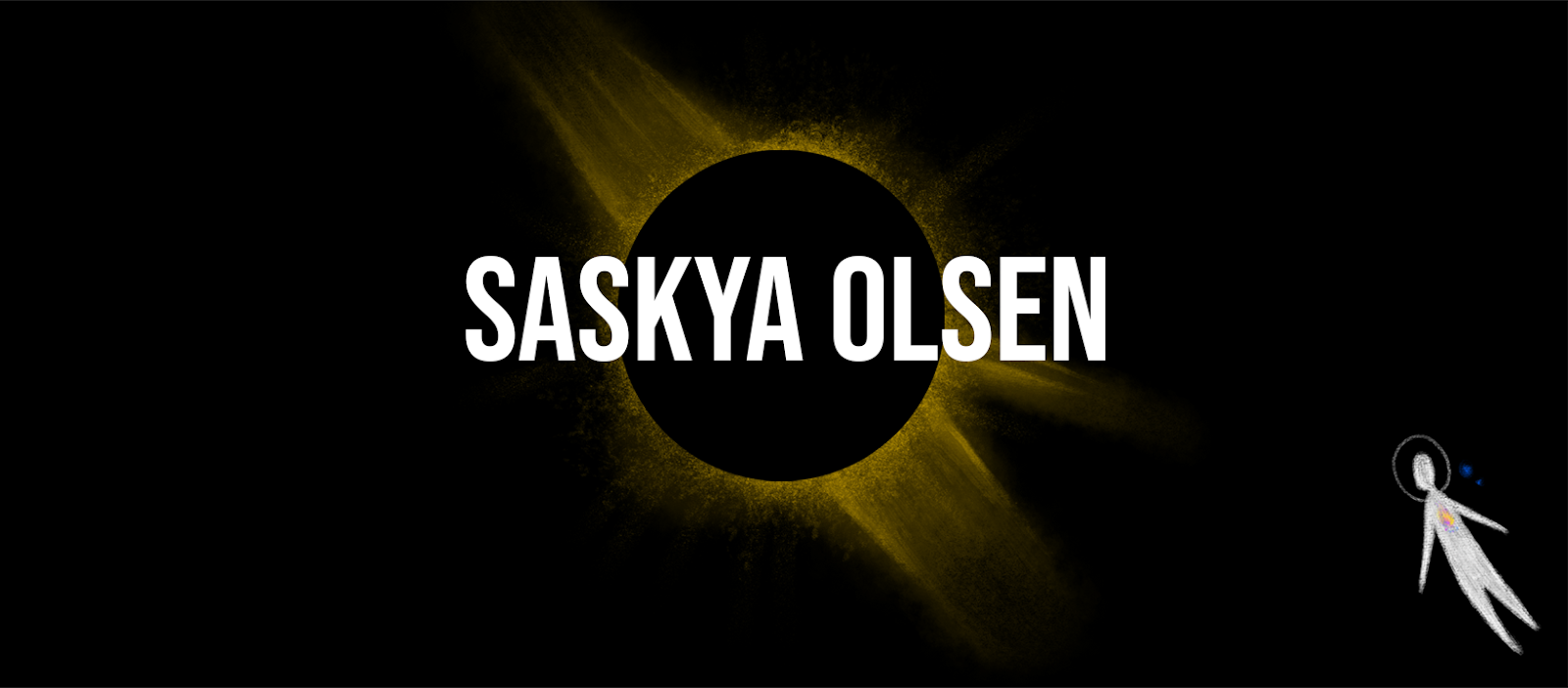Lighting Practice #3: Render Layers / Render Passes / AOVs
Three phrases for the same render method. Render layers/ render passes/ AOVs break down a 3D render into different pieces. These are composited together (as layers) to form a final composition. Breaking up passes benefits render times, and creates opportunities for editing without re-rendering an entire scene. Passes include, albedo (flat color), reflection, shadow (ambient occlusion), transparency (refraction), and dozens more within Arnold's render settings.
AOV, Maya's phrase for this method, stands for Arbitrary Output Variables.
Process:
- create a skydome with ramps
- create a directional light with subtle yellow tint, low sunset angle.
- open Arnold renderer - Arnold - AOVs - scroll through available aovs table select desires outputs and use >> to confirm.
AO render:
- open render setup (next to hypershade icon)
- create a new layer named ambient occlusion - right click - create collection named scene_geo
- select all scene geometry - click add
- right click yellow layer - create material override - rename an_oc_mat - click checker - ambient occlusion - leave default attributes
Wireframe Render:
- create new layer - name wireframe - right click new yellow layer - create collection - highlight all geometry - click add - right click yellow layer - create material override - checker - aiwireframe - rename new layer wireframe_mat
make sure skydome is not visible in these renders.
clicking on the eye icon will turn on that collection, seen in Arnolds render view.
Save out in render view as a multilayer exr (run at 32 bit) and bring in as a composition in AE to access separate layers.
Footnotes:
- Setting scene geometry to a flat albedo material (contrasting with a flat background), then rendering, creates an image with geometry that can be quick-selected in photoshop or AE, and then isolated or simply better controlled.
- Diffuse Direct: one of many AOV options within Arnold's render settings, object highlights are tinted from direct light contact.
- Diffuse Indirect: (also known as global illumination) The scenes light source is obstructed. Light bounces around the scene and off the floor. Highlight color will be affected and interact with the colors of all scene objects.
- An ID Matt shade can isolate colors (for example) and change them without re-rendering the entire scene.
If aistandardsurface metals are taking long to render (silver as an example):
- assign a Blinn - set color to very dark grey
- reduce eccentricity very low
- completely increase roll off
- specular color (bounce-back light) - set to white - double click color to open wheel - V value - over crank to 1.2
- reflectivity to 0.8
This method gives surfaces a reflective finish an is less taxing to render when compared to aisnandardsurface metal presets.





Comments